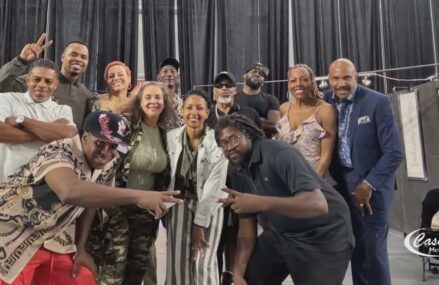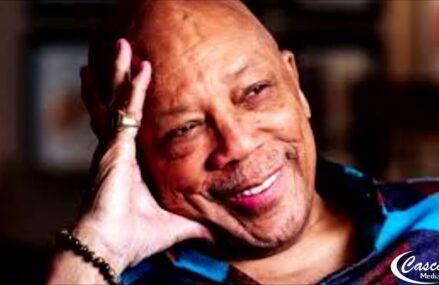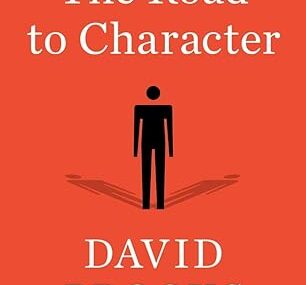Edward Hammond Boatner, Jr. was born in Boston, Massachusetts[1] and grew up in Saginaw, Michigan. He had a musical background: his father, Edward Boatner, was a baritone singer, composer, and college music professor; his brother was a classically trained pianist, and his mother was a piano teacher.[1] He was given up for adoption in 1924 by his father and adopted by the Stitt family in Saginaw.[2] He later began calling himself “Sonny”. While in high school in Saginaw, he played in the Len Francke Band, a local popular swing band.
In 1943, Stitt met Charlie Parker. As he often recalled, the two men had similar styles. Parker is alleged to have remarked, “Well, I’ll be damned, you sound just like me”, to which Stitt responded, “Well, I can’t help the way I sound. It’s the only way I know how to play.”[3] Kenny Clarke said of Stitt, “Even if there had not been a Bird, there would have been a Sonny Stitt.”[4]
During the 1940s, he played alto saxophone as a member of Tiny Bradshaw’s big band, Billy Eckstine’s big band with Gene Ammons and Dexter Gordon, and Dizzy Gillespie’s big band.[5]
Stitt was a leader of Bebop Boys and Galaxy in 1946 and 1948 respectively.[6]
Stitt, when playing tenor saxophone, seemed to break free from some of the criticism that he was imitating Parker’s style, and he began to develop a far more distinctive sound on tenor.[1] He played with other bop musicians including Horace Parlan,[7] Bud Powell and Eddie “Lockjaw” Davis, a fellow tenor with a distinctly tough tone in comparison to Stitt, in the 1950s and recorded a number of sides for Prestige Records as well as albums for Argo, Verve, and Roost. Stitt experimented with Afro-Cuban jazz in the late 1950s, and the results can be heard on his recordings for Roost and Verve, on which he teamed up with Thad Jones and Chick Corea[8] for Latin versions of such standards as “Autumn Leaves.”
In 1952, Stitt had played with pianist Jimmy Jones and in 1953 performed orchestral music with Johnny Richards. In 1955, he played under Quincy Jones’ guidance, playing uptempos and ballads such as “My Funny Valentine” and “Star Dust” and the same year performed “Afterwards” and “There Will Never Be Another You” with Hank Jones. In 1957, Stitt had joined Dolo Coker to perform “Blues for Yard” and “Blue Moon”, before returning to Hank to perform “Cherokee”.[3]
Stitt joined Miles Davis briefly in 1960, and recordings with Davis’ quintet can be found only in live settings on the tour of 1960.[9] Concerts in Manchester and Paris are available commercially and also a number of concerts (which include sets by the earlier quintet with John Coltrane) on the record Live at Stockholm (Dragon), all of which featured Wynton Kelly, Jimmy Cobb, and Paul Chambers. However, Miles fired Stitt due to the excessive drinking habit he had developed, and replaced him with Hank Mobley.[10] Later in the 1960s, Stitt paid homage to Parker on the album Stitt Plays Bird, which features Jim Hall on guitar.[11]
Stitt recorded several times with his friend Gene Ammons, interrupted by Ammons’ own imprisonment for narcotics possession. The records recorded by these two saxophonists are regarded by many as some of both Ammons and Stitt’s best work, thus the Ammons/Stitt partnership went down in posterity as one of the best dueling partnerships in jazz, alongside Zoot Sims and Al Cohn, and Johnny Griffin with Eddie “Lockjaw” Davis. Stitt ventured into soul jazz, and he recorded with fellow tenor saxophonist Booker Ervin in 1964 on the Soul People album. Stitt also recorded with Duke Ellington alumnus Paul Gonsalves in 1963 for Impulse! on the Salt and Pepper album in 1964. Around that time he appeared regularly at Ronnie Scott’s in London, a live 1964 encounter with Ronnie Scott, The Night Has a Thousand Eyes, eventually surfaced, and another in 1966 with resident guitarist Ernest Ranglin and British tenor saxophonist Dick Morrissey. Stitt was one of the first jazz musicians to experiment with the Selmer Varitone amplification system as heard on the albums What’s New!!! in 1966 and Parallel-a-Stitt in 1967.



